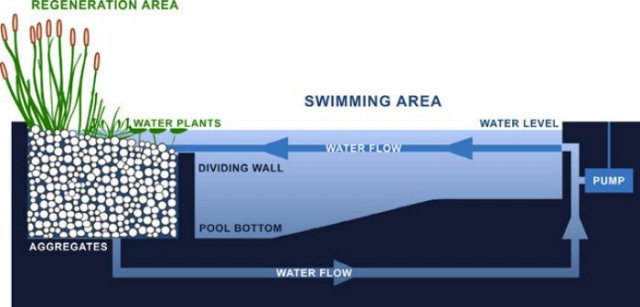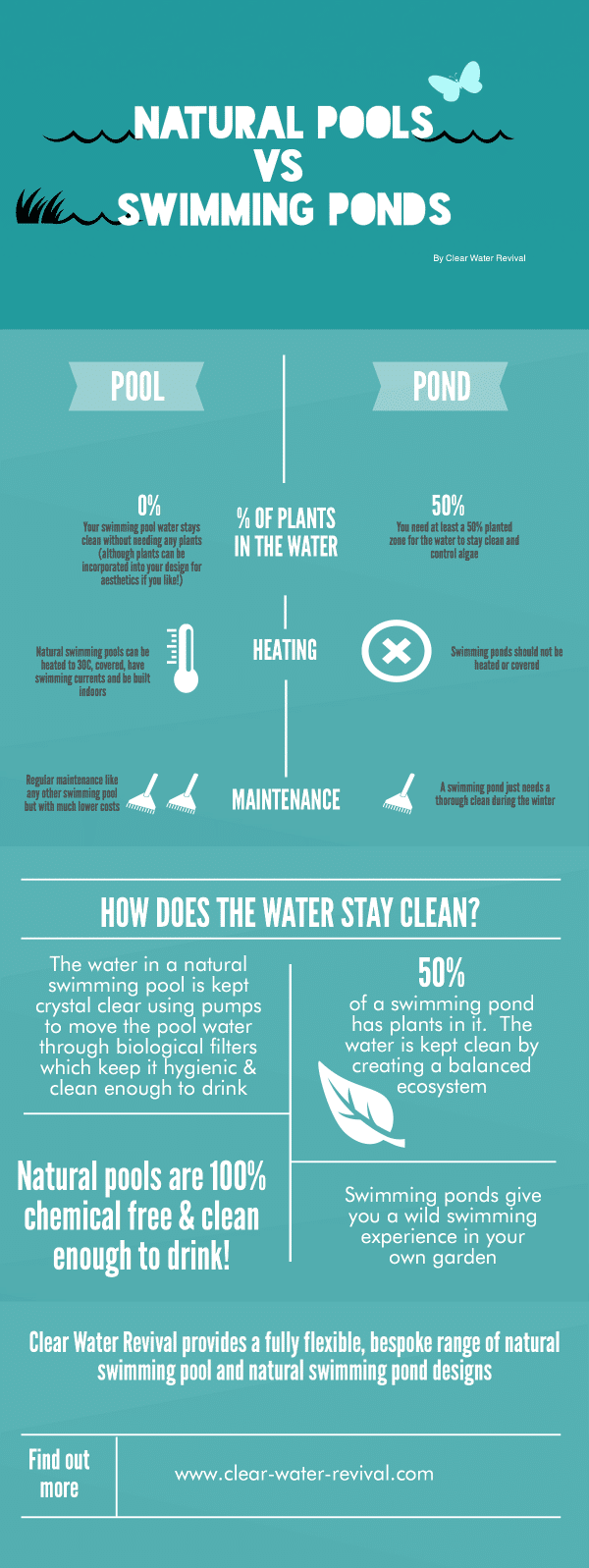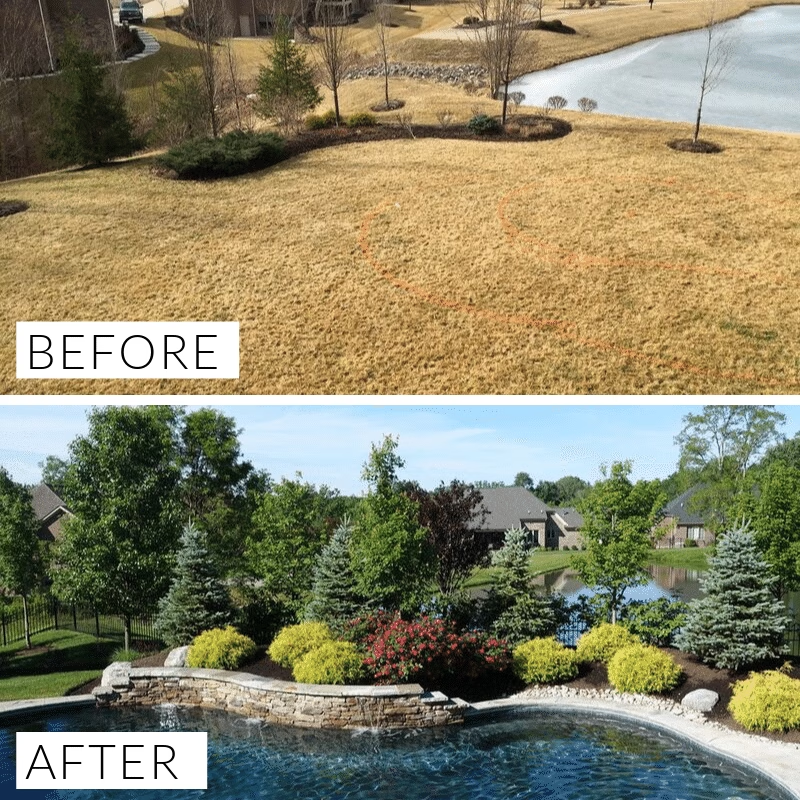Are you looking to turn your backyard into a lively social space that you can enjoy all year round? Swim ponds offer a unique and eco-friendly solution that promises not just aesthetic appeal but numerous functional benefits. Distinct from traditional pools, swim ponds create a natural swimming experience, blending harmoniously with the environment while also acting as a stunning focal point for gatherings.
A swim pond combines the beauty of a natural pond with the practicality of a swimming pool. Utilizing advanced filtration systems based on biological processes rather than harsh chemicals, swim ponds ensure crystal-clear water that is safe for your family and friendly to wildlife. Their versatility allows you to revel in swimming during the hot summer months or host cozy winter gatherings, catering to your lifestyle no matter the season.
In this guide, we will delve into the ways you can maximize the potential of your swim pond. We will explore innovative design features, safety tips, cost considerations, and environmental advantages. By the time you finish reading this article, you will have a comprehensive understanding of how to create a stunning swim pond that invites friends and family to gather, regardless of the time of year.
Transform Your Backyard into a Year-Round Oasis
Swim ponds have gained popularity as an alternative to traditional swimming pools, largely due to their aesthetic appeal and versatility. Unlike conventional pools that mainly serve as swimming spaces, swim ponds function multi-purposefully—providing an area for swimming, a habitat for local wildlife, and a serene retreat.
One of the main advantages of swim ponds is their capability to serve as a year-round gathering space. In the summertime, they become perfect spots for swimming and sunbathing. In colder months, your swim pond could transform into a picturesque space for ice skating, fostering a continual bond with nature and family fun throughout the year.
Additionally, swim ponds rely on natural filtration systems that promote water quality without causing the environmental damage associated with chemicals. Research has shown that swimming in natural, well-filtered water can reduce skin and eye irritation, allowing for a more enjoyable experience. According to studies from BioNova Natural Pools, these benefits create a healthier environment for both your family and local wildlife.
Before-and-after comparison of a backyard transformed with a swim pond (Source: Seiler’s Transformation)
Innovative Features for Social Spaces in Small Backyards
Even with limited space, innovative design can make your backyard functional and inviting. Swim ponds can easily fit into smaller areas, turning them into social hubs. You can create multifunctional spaces around the pond for relaxation and recreation by incorporating seating, dining areas, and fire pits.
Consider utilizing compact filtration units that maintain water clarity without taking up much room. These contemporary systems allow for more functional outdoor spaces while ensuring the quality of the water remains high. Additionally, the installation of effective circulation systems enhances water quality while encouraging the growth of beneficial aquatic life, making your swim pond a focal point in your garden.
Incorporating a ‘beach entry’ slope can significantly add to the appeal of your swim pond. This gentle incline makes the water easily accessible for kids and adults alike, enhancing the family-friendliness of the space. Furthermore, natural elements such as trees or pergolas can provide necessary shade, keeping your outdoor space cool during hot summer days.
Diagram showcasing a small backyard design incorporating a swim pond (Source: Koiphen)
Keeping the Water Warm: Design Techniques for All Seasons
To fully enjoy your swim pond throughout the year, specific design features are crucial. For instance, varying the depth of the pond can lead to increased heat retention, crucial for colder months. Deeper sections, ideally two meters or more in temperate climates, help keep the water warm. Using dark stones or gravel at the bottom of the pond can absorb and retain heat, making the water more inviting.
Creating dedicated regeneration zones with aquatic plants contributes not just to the natural filtration of the water but also promotes a sustainable habitat for local wildlife. Additionally, circulation systems support water movement, which is essential for preventing stagnation. These systems are vital in both temperate and tropical climates, ensuring that your swim pond remains functional regardless of outdoor temperatures.
If you live in a colder area, consider integrating eco-friendly heating solutions such as solar panels or heat pumps into your design. These features can significantly extend your swimming season, allowing for a warm, welcoming space even in winter.

Cross-sectional design of a swim pond highlighting thermal mass and circulation systems (Source: EcoHome)
Safe and Cozy: Integrating Fire Pits with Swim Ponds
A fire pit can enhance your backyard experience, adding warmth and ambiance to your swim pond area. However, safety should always come first when incorporating fire features near water. Ensure you follow local zoning laws, which often stipulate safe distances between fire pits and water sources.
Beyond safety concerns, think creatively about making the fire pit a centerpiece for your outdoor gatherings. Choose materials that blend seamlessly into the environment, such as natural stone, and incorporate seating to foster inviting spaces.
It’s important to include safety features like spark screens to prevent any embers from igniting adjacent plants or structures. The key is to create an environment where guests feel relaxed and comfortable, promoting long evenings spent enjoying the warmth of fire while being close to the serene waters of your swim pond.

Inviting seating area featuring fire pit adjacent to swim pond (Source: Rockwater Farm)
A Cost-Effective Alternative: Understanding Swim Pond Economics
When planning your backyard renovation, financial considerations are crucial. Traditional swimming pools can range from $28,000 to $55,000 based on size and complexity. In contrast, swim ponds typically average around $70,000 but may provide more long-term financial benefits.
While the initial installation cost may be higher, maintenance costs for a swim pond are often significantly lower. Typically, you can expect to spend less than $1,000 annually on maintenance for a swim pond. Conversely, traditional chlorine pools can incur expenses exceeding $3,000 per year when factoring in chemicals, utilities, and repairs.
Experts from Fixr have noted that, while swim ponds require more space, including a regeneration area equal to the swimming section, their benefits in long-term management allow for greater savings. The initial investment in a swim pond can yield ecological and economic returns that justify the upfront costs.

Infographic comparing installation costs of traditional pools and swim ponds (Source: Elemental Green)
Adhering to Regulations: Navigating Zoning Laws for Your Swim Pond
Understanding local zoning regulations is essential for the installation and design of your swim pond. Many communities impose specific setback restrictions from property lines, often requiring at least a five to ten-foot distance from adjacent properties. Furthermore, larger sizes might trigger additional safety measures or guidelines.
You may also encounter depth restrictions, particularly in residential areas. For example, in some regions, residential pools deeper than 24 inches necessitate safety equipment like fencing. Engaging local officials early on in your design process can keep you informed of requirements and help you avoid costly changes later on.
Additionally, environmental regulations play a significant role in how you design your swim pond. Some areas require stormwater management plans for significant water features, and these plans can be integrated into your swim pond’s aesthetics.
Infographic summarizing zoning regulations for swim pond installations (Source: City of Weston)
The Health and Environmental Advantages of Swim Ponds You Can’t Ignore
From a health perspective, swim ponds provide numerous benefits over traditional pools. The absence of harsh chemicals in naturally filtered water reduces the likelihood of skin irritations and respiratory problems often associated with chlorine pools. Instead, swim ponds use the natural ecosystem to maintain water quality, which can create a healthier swimming environment.
Moreover, swim ponds offer environmental benefits that are increasingly relevant today. Natural filtration systems use fewer chemicals and consume less energy than traditional pools, which can lead to lower utility bills. Research has demonstrated that swim ponds not only help conserve water but also support local biodiversity by providing habitats for various plant and animal life.
Overall, the combination of lower maintenance demands and the promotion of healthy living makes swim ponds a compelling choice for many homeowners. The growing awareness of their benefits makes them a sustainable alternative that fosters community and connection with nature.

Infographic detailing health and environmental benefits of swim ponds (Source: Shutterstock)
Step-by-Step: Your Guide to Creating the Ideal Swim Pond Experience
Now that you’re equipped with ideas on the possibilities that swim ponds offer, it’s time to take action. Start by defining the features that will cater to your family’s lifestyle. Do you envision lively summer barbecues or serene winter gatherings? Let your design evolve from your personal preferences.
Strategically planning your installation is key. Make sure to acquire the necessary permits to comply with local zoning regulations. It’s often beneficial to work with professionals experienced in swim pond construction to ensure that safety, utility, and aesthetics are harmoniously incorporated.
Once your swim pond is in place, regular maintenance will help keep the ecosystem flourishing. Monitoring the balance of wildlife, plants, and water quality will ensure that your pond remains an inviting spot for family and friends.

Joyful scene of a family splashing around in an outdoor swim pond (Source: iStock)
By taking steps to create a beautiful swim pond, you’re investing in more than just a swimming area; you’re fostering an environment for memorable moments with family and friends. This backyard feature offers numerous benefits, making it not just a functional swimming space but also a peaceful and attractive natural feature.
In summary, swim ponds deliver a wealth of advantages that cater to both personal enjoyment and environmental sustainability. Through thoughtful design and careful planning, you can create a swim pond that fulfills your recreational needs while enriching the surrounding ecology, making your backyard a welcoming social hub for all seasons.

